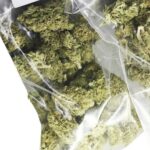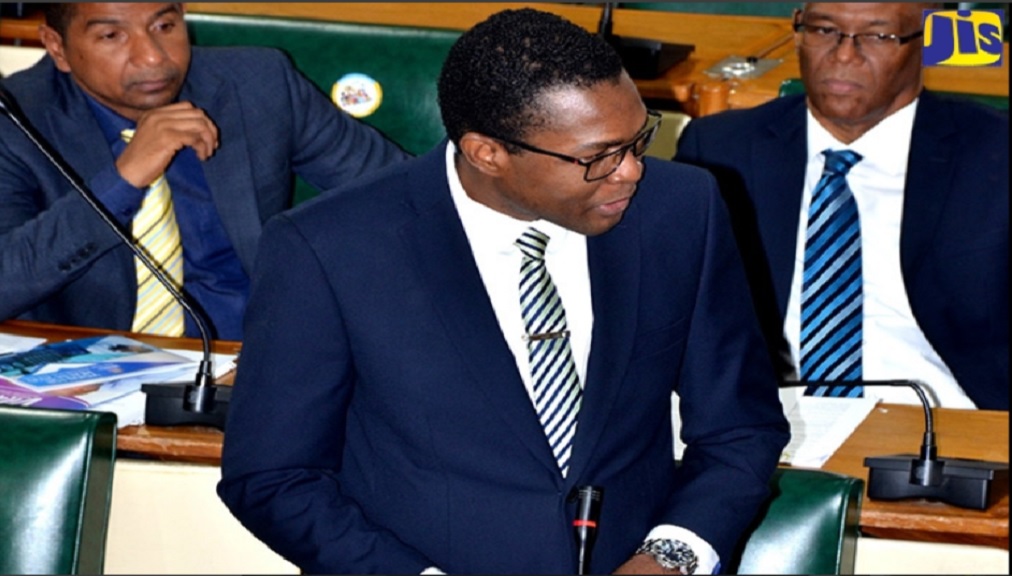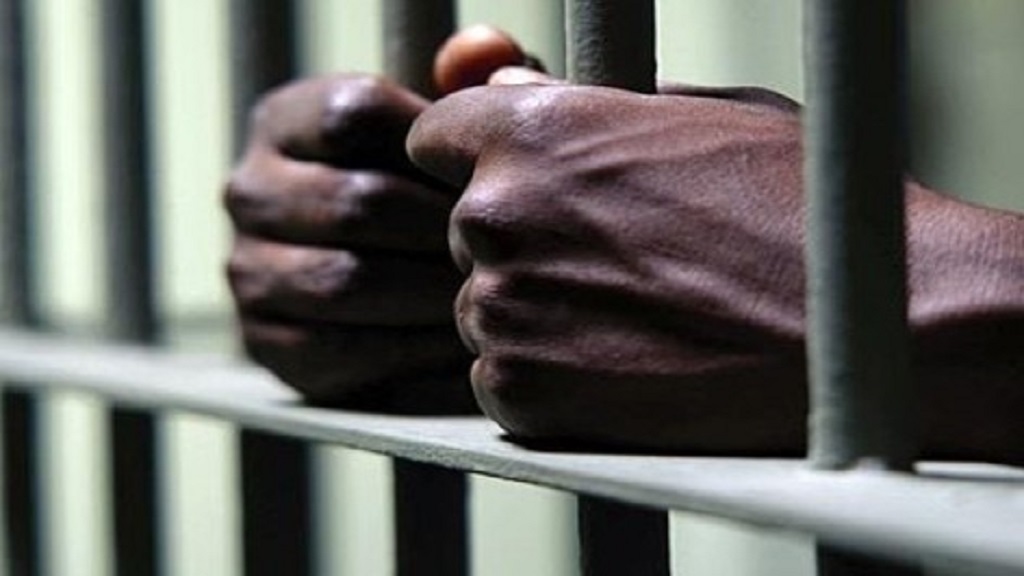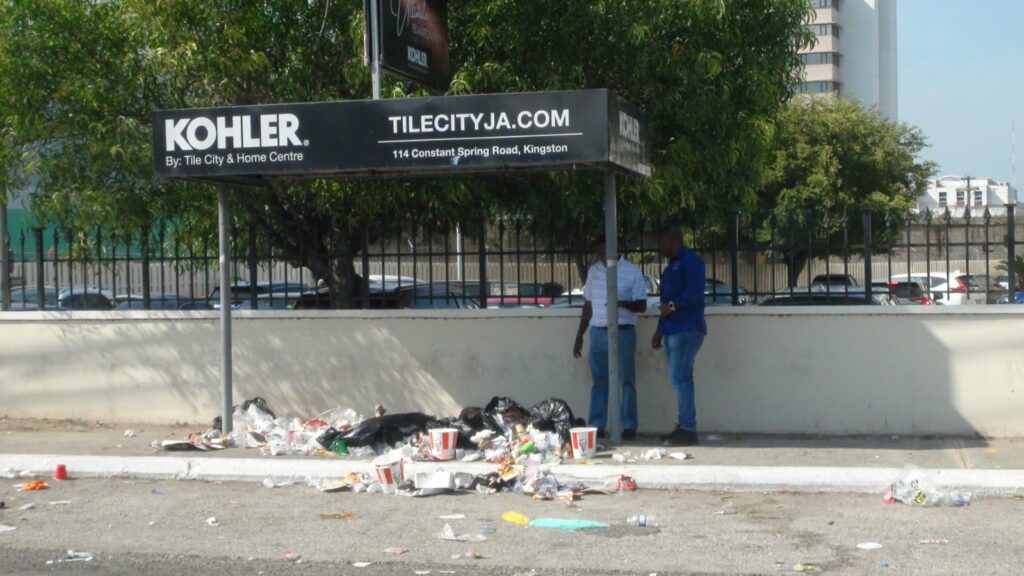This was announced on Friday by Government Senator Robert Morgan during his contribution to the State of the Union Debate in the Upper House.
In 2014 the previous People’s National Party (PNP) Government raised the idea of putting a transhipment port on the two islands which are located off the coast of Old Harbour, St Catherine – Great Goat Island and Little Goat Island. This was after the Chinese had expressed an interest in doing so.
However, the announcement triggered widespread agitation by environmentalists led by the Jamaica Environment Trust, the Caribbean Coastal Area Management Foundation, the managers of the protected area in which the two Goat Islands fall and fisherfolk from the Old Harbour Bay fishing community among other stakeholders.
The PNP was voted out of office in 2016 by the Jamaica Labour Party and that same year Prime Minister Andrew Holness announced that the Goat Islands were no longer being considered for a transhipment port.
According to Morgan, the Government did look at the possible economic benefits that could have accrued from placing a port on the islands.
“We too Mr President saw this amazing economic opportunity but at the end of the day we recognised that the Goat Islands are such a sensitive ecosystem in the Portland Bight Protected Area that we cannot trade the protection of our environment for economic benefit,” Morgan said.
“Even if deciding that no port at Goat Islands was the only action we took it would have been significant. But the government has decided that we will be building a wildlife sanctuary at Goat Islands,” he added.
The senator noted that one animal that will benefit from the Goat Islands being transformed into an animal sanctuary is the seriously endangered Jamaican iguana. The animal was thought to have been extinct for almost 50 years from the 1940s until a few older reptiles were discovered in the Hellshire hills in the early 1990s.
Since then, what is considered one of the world’s best conservation stories, the Head Start Programme at the Hope Zoo has seen more than 400 of the reptiles raised in captivity and released back into the wild. Nonetheless, they remain seriously endangered because they still fall easy prey to the mongoose and feral cats that stalk the Hellshire hills.
Apart from the iguana, Morgan said more needs to be done to ensure the survival of other critically endangered species as well, including the Indian coney, the West Indian manatee, the American crocodile and several bird species, plants and other animals. The Jamaican boa is another critically endangered species that will be released on to the islands.
“It is under this framework that the government is going to be spending about $1.9 billion to build out a wildlife sanctuary in Goat Island,” Morgan announced.
He said the sanctuary will be open to the public as well as to scientists who may want to study Jamaica’s endemic flora and fauna.
Noted environmentalist Peter Espeut, told Loop News in May 2018 that plans were well advanced for the repopulation of the Great Goat Island with endangered species until the Chinese expressed an interest in building a port at the site in 2014.
He said the craggy nature of the Great Goat Island with its many fissures and ravines made it perfectly suited for that purpose and nothing else. He also said the plan was to use Little Goat Island for eco-tourism. It is not immediately clear if that is still being considered.










